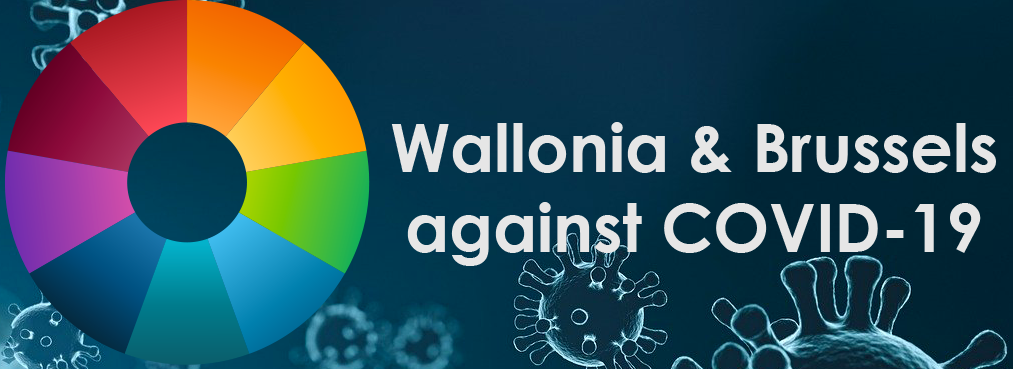Pierre Duysinx, Professor - Simon Bauduin - Pablo Alarcon - Trillet Denis - Joffrey Coheur - Laura Prijot - Antonio Martinez
ULiège
" Using digital fabrication machines (laser cutter, 3D printing), the Fablab of the Aerospace and Mechanical Engineering Department of the Université de Liège has produced protective solutions (mainly Protective Face Shields) to protect healthcares from aerosol projection. These protective solutions have been distributed to the caregivers in hospitals in the region of Liège. A multidisciplinary team (PhD students and technicians under the supervision of a academic professor) at the Fablab from the Aerospace and Mechanical Engineering Department of the Université de Liège (Belgium) has developed and produced emergency protective solutions against Covid-19 for hospitals and caregivers. Most of these solutions have been developed using digital fabrication machines (laser cutter, 3D printers,...). We have produced mainly Protective Face Shields to protect caregivers from aerosol projection. A few thousand protections have been produced and distributed to caregivers from the CHU of...


